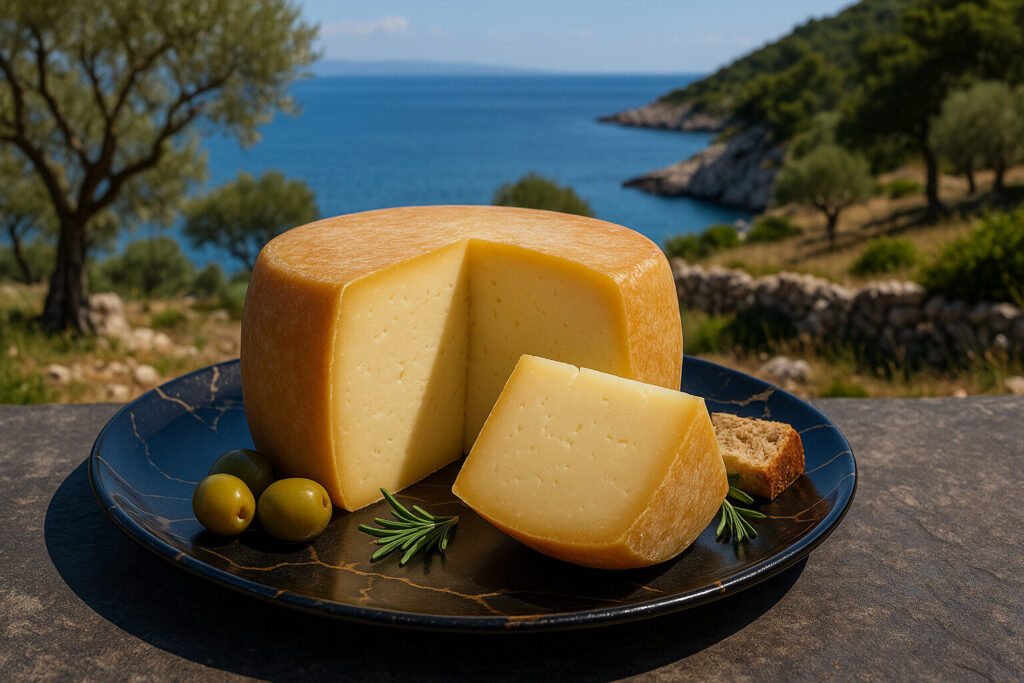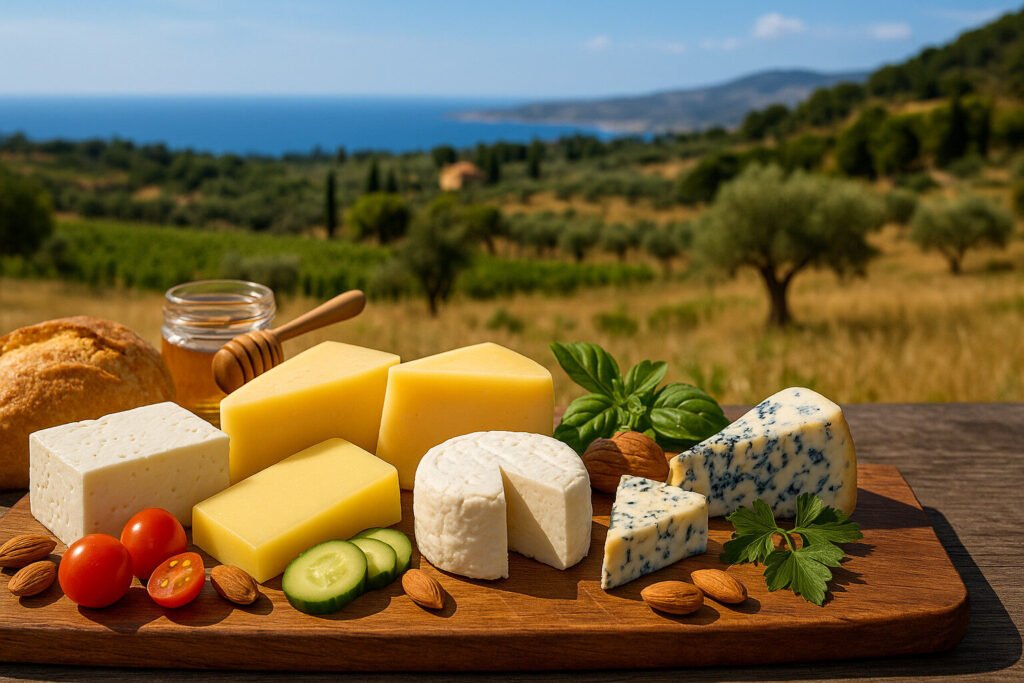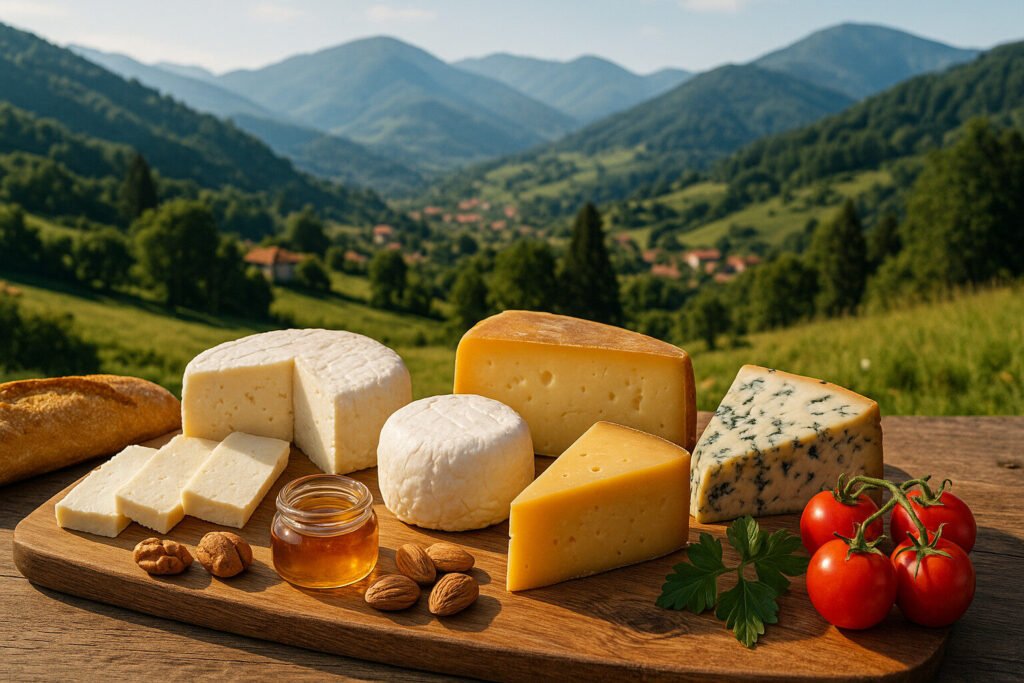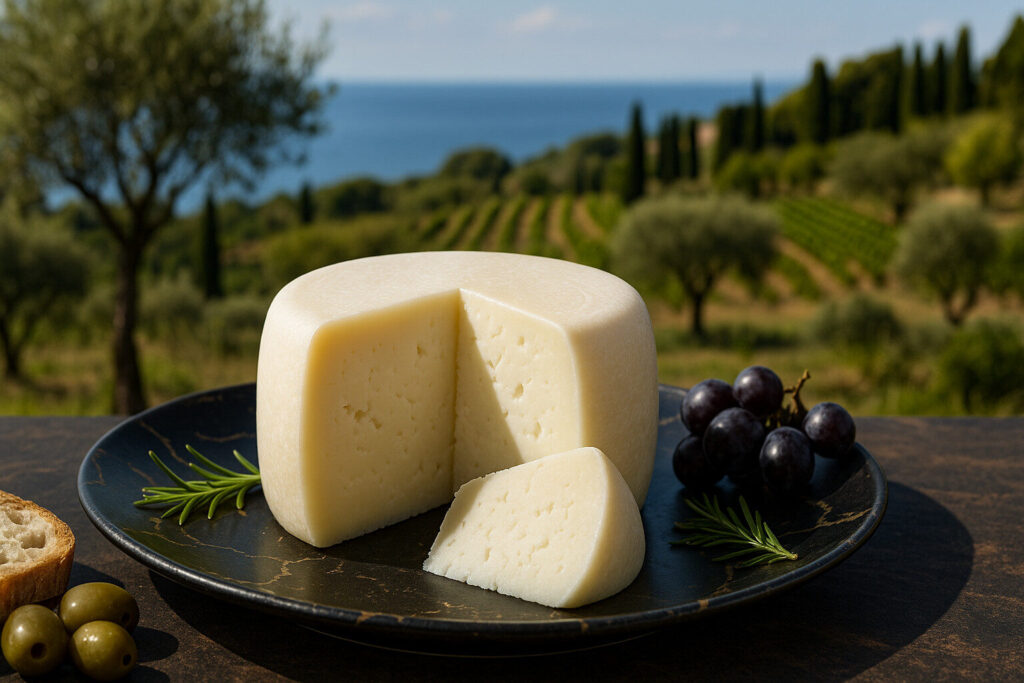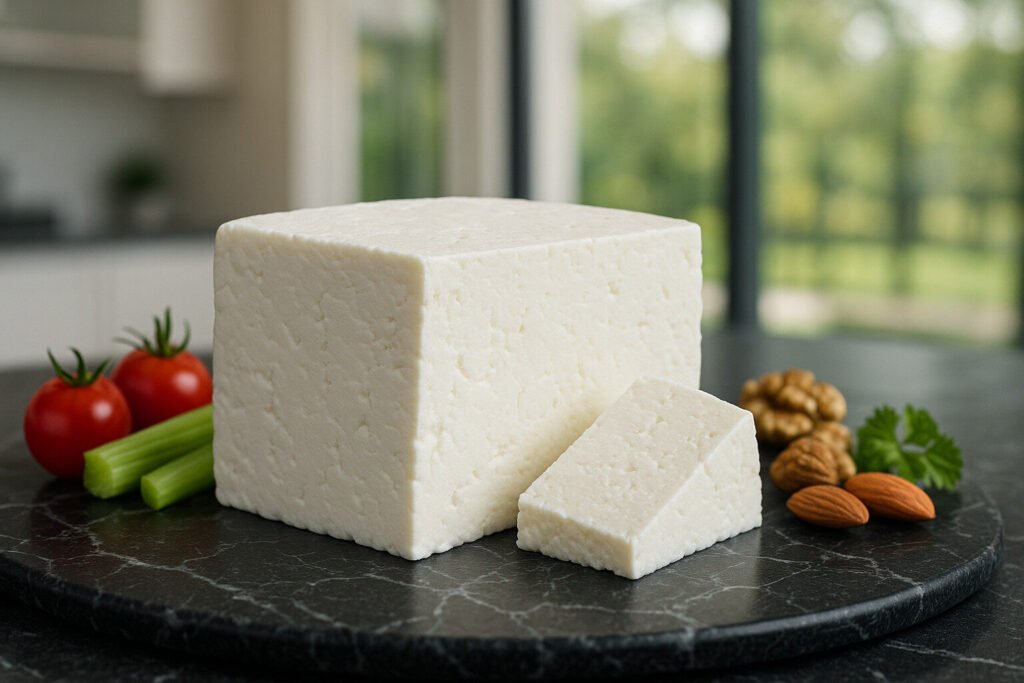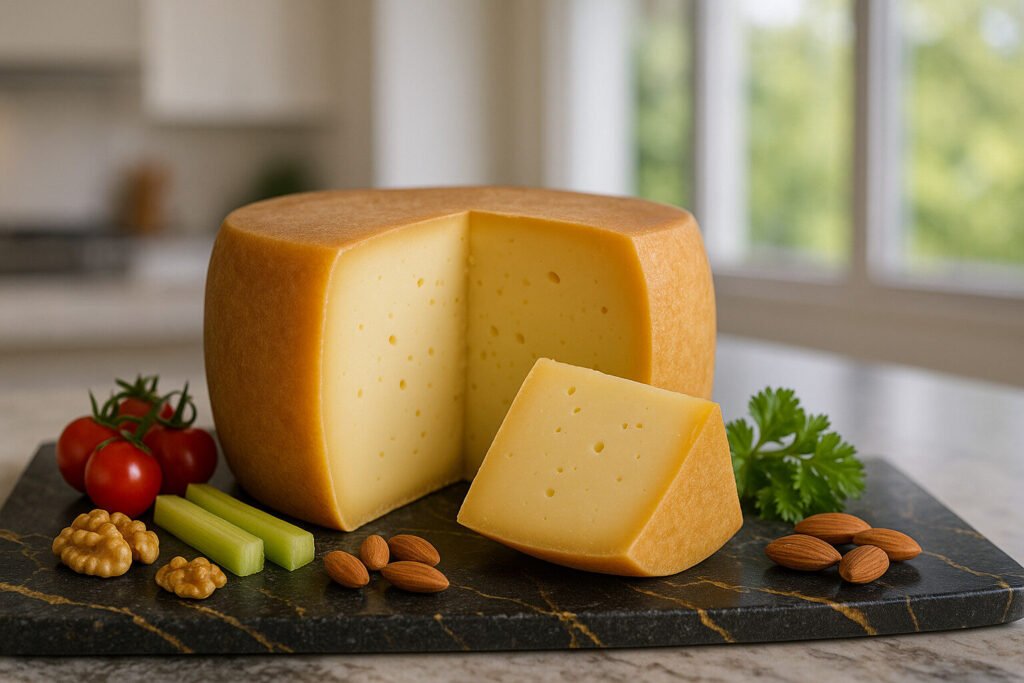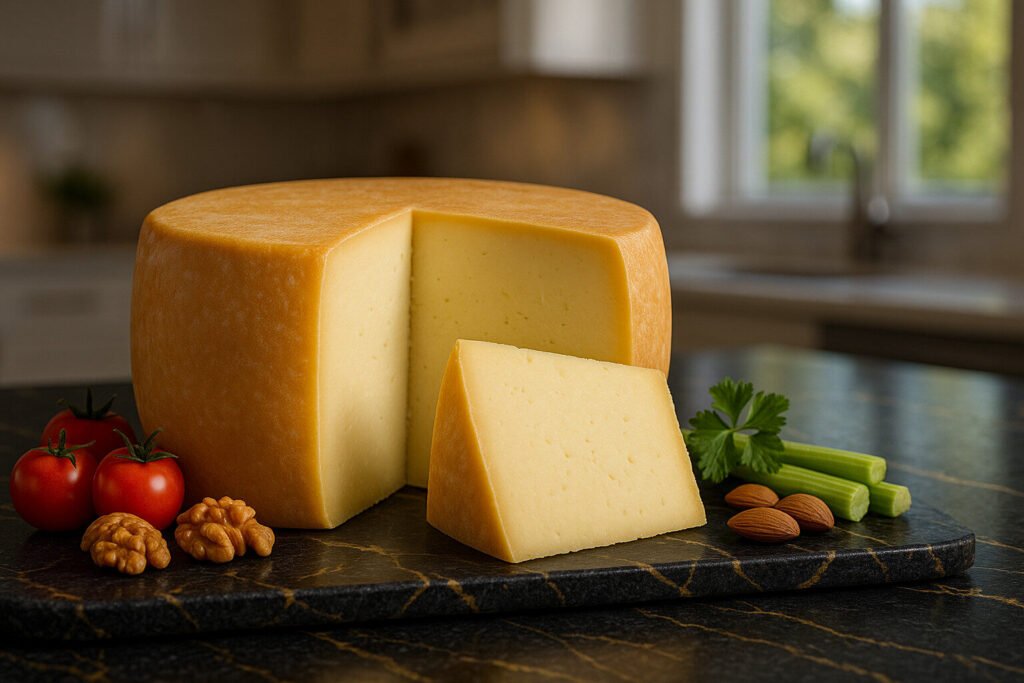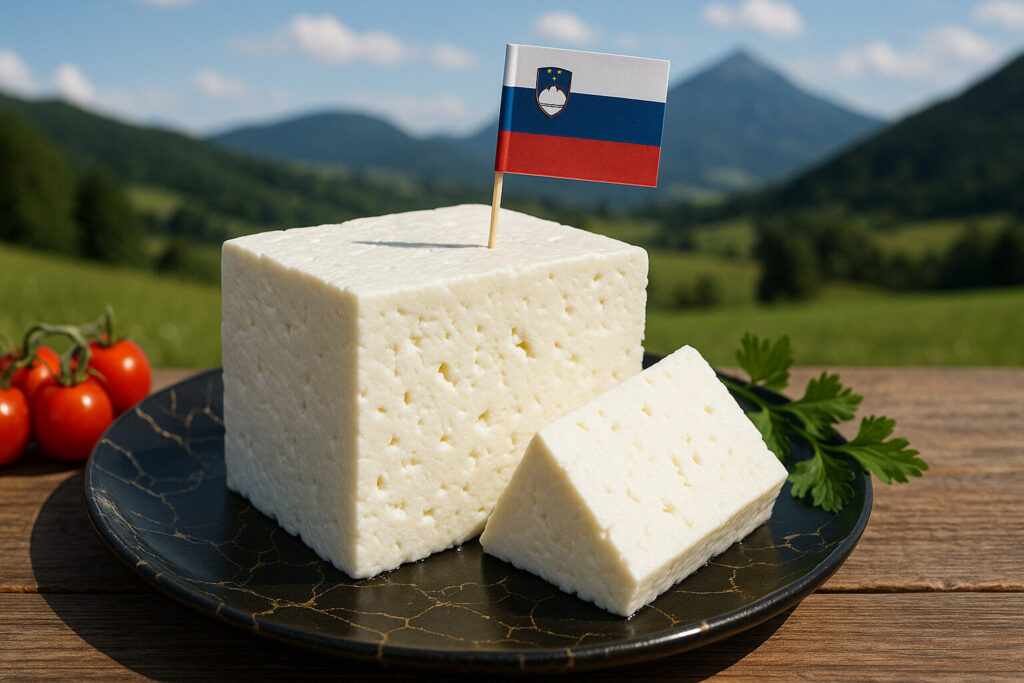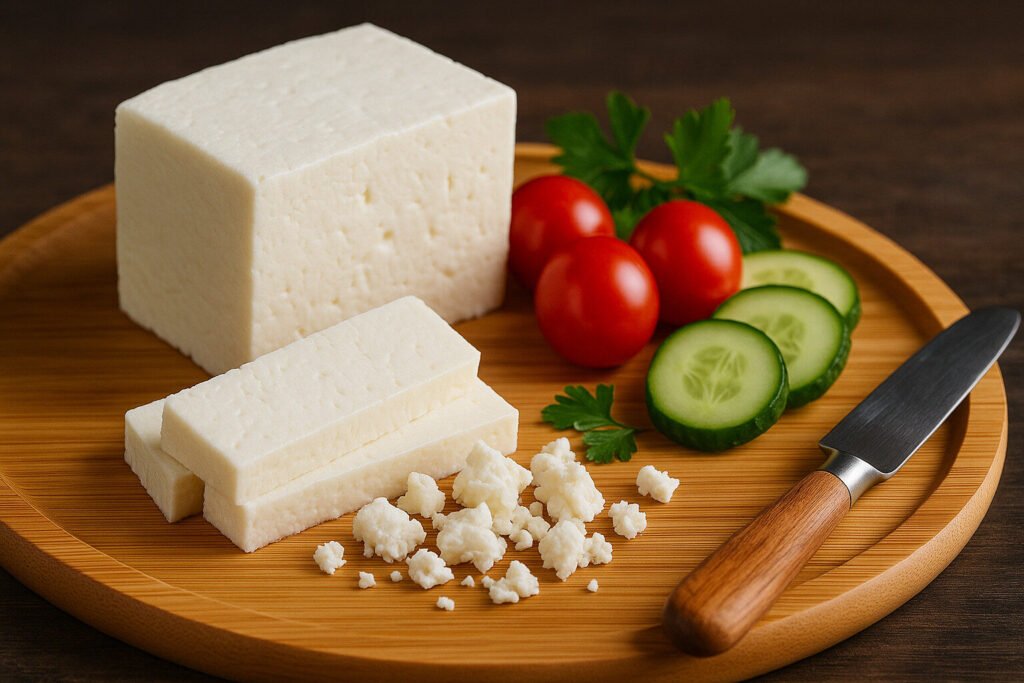Cheese Of Greece
Greek Cheese Definition and Scope
Greek cheeses represent a distinct category within Mediterranean dairy traditions, characterized by specific production methods and regional designations. Many hold Protected Designation of Origin status, legally defining their geographical and procedural authenticity. The scope includes brined cheeses, hard aged varieties, and fresh soft styles unique to the country’s culinary heritage.
Feta is the most internationally recognized example, legally defined as a brined white cheese made from sheep’s milk or sheep and goat milk mixtures. Other significant categories include hard cheeses like Graviera and Kefalotyri, plus soft fresh cheeses such as Myzithra. This taxonomy reflects adaptations to Greece’s climate and pastoral traditions over millennia.
Traditional Production Techniques
Greek cheese production predominantly utilizes sheep and goat milk, reflecting the country’s mountainous terrain better suited to small ruminants. Brining represents a fundamental preservation technique, creating the characteristic salty, tangy profiles of cheeses like Feta. Many traditional methods involve basket draining and aging in specific humidity-controlled environments.
Artisanal production often follows seasonal patterns, with milk composition varying by animal diet through spring and summer pastures. Specific PDO regulations dictate everything from animal breed and feed to minimum aging periods. These controlled methods ensure consistent texture and flavor profiles that distinguish authentic Greek cheeses from imitations.
Sensory Characteristics and Properties
Greek cheeses typically exhibit pronounced salty and tangy notes, particularly in brined varieties where salt concentration regulates fermentation. Texture ranges from the crumbly, moist consistency of Feta to the hard, granular structure of aged Kefalotyri. Many develop complex flavor profiles through microbial activity during the brining or aging processes.
The properties of these cheeses include high moisture content in fresh varieties and concentrated umami in aged specimens. Sheep’s milk imparts a distinctive richness and creamy mouthfeel, while goat milk adds sharper, earthy undertones. These sensory characteristics make Greek cheeses immediately identifiable in blind tastings and culinary applications.
Culinary Applications and Uses
Greek cheeses serve both table and cooking functions across Mediterranean cuisine. Feta appears crumbled in salads, baked in pastries like spanakopita, or grilled as a meze. Hard cheeses like Graviera are ideal for grating over pasta dishes or frying as saganaki. Their robust flavors withstand high-temperature cooking while maintaining structural integrity.
Fresh cheeses like Anthotyros often feature in desserts or breakfast with honey and fruit. The saltiness of many Greek cheeses makes them natural partners for sweet elements in balanced dishes. Their versatility extends from simple appetizers to complex baked entrées, where they provide both flavor enhancement and textural contrast.
Regional Specialties and Examples
Geographical indications protect several renowned Greek cheeses tied to specific territories. Feta PDO must originate from mainland Greece and Lesvos, using traditional methods. Graviera has multiple PDO zones including Crete, Naxos, and Agrafa, each producing slightly different variations based on local practices.
Other protected examples include Kasseri from Macedonia and Thessaly, and Batzos from western and central Greece. The island of Crete produces distinctive cheeses like Xinomizithra and Pichtogalo Chanion. These regional specialties demonstrate how microclimates and local customs create unique cheese expressions within Greece’s broader dairy tradition.

